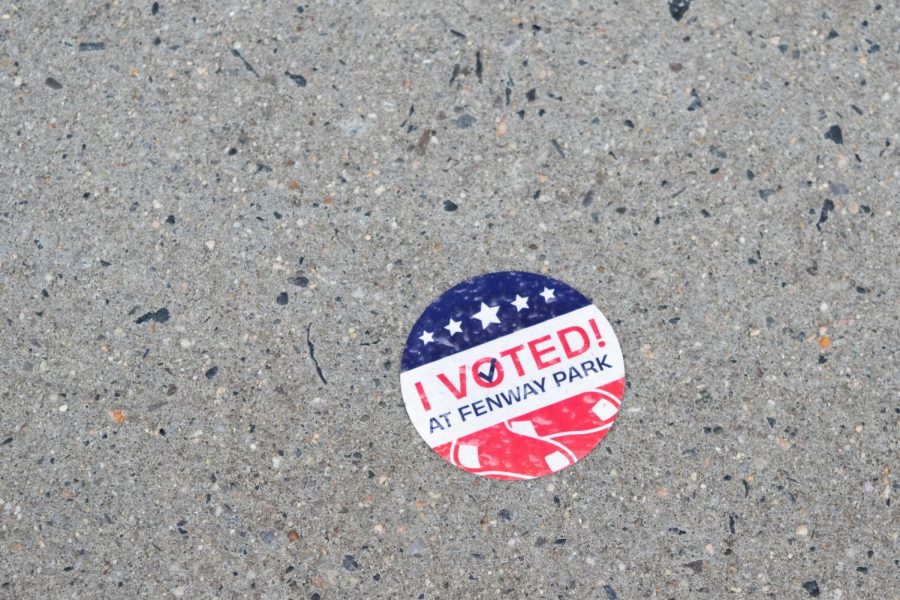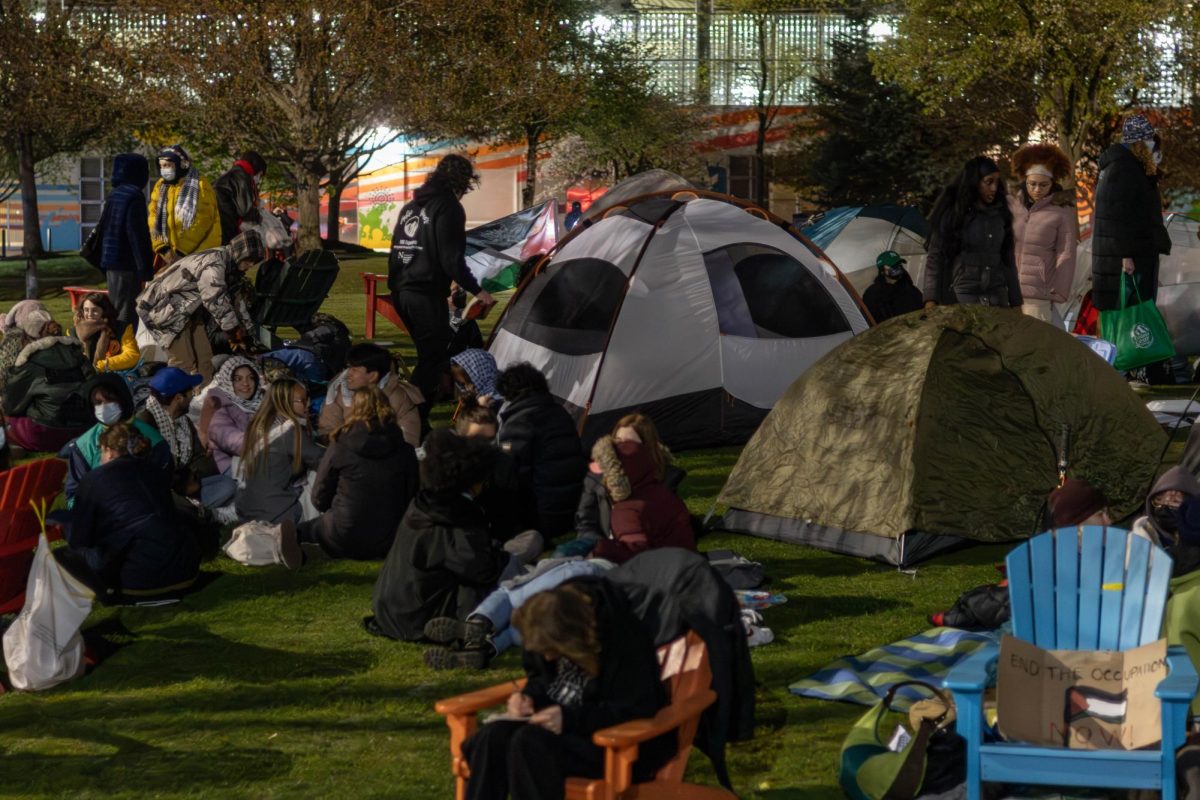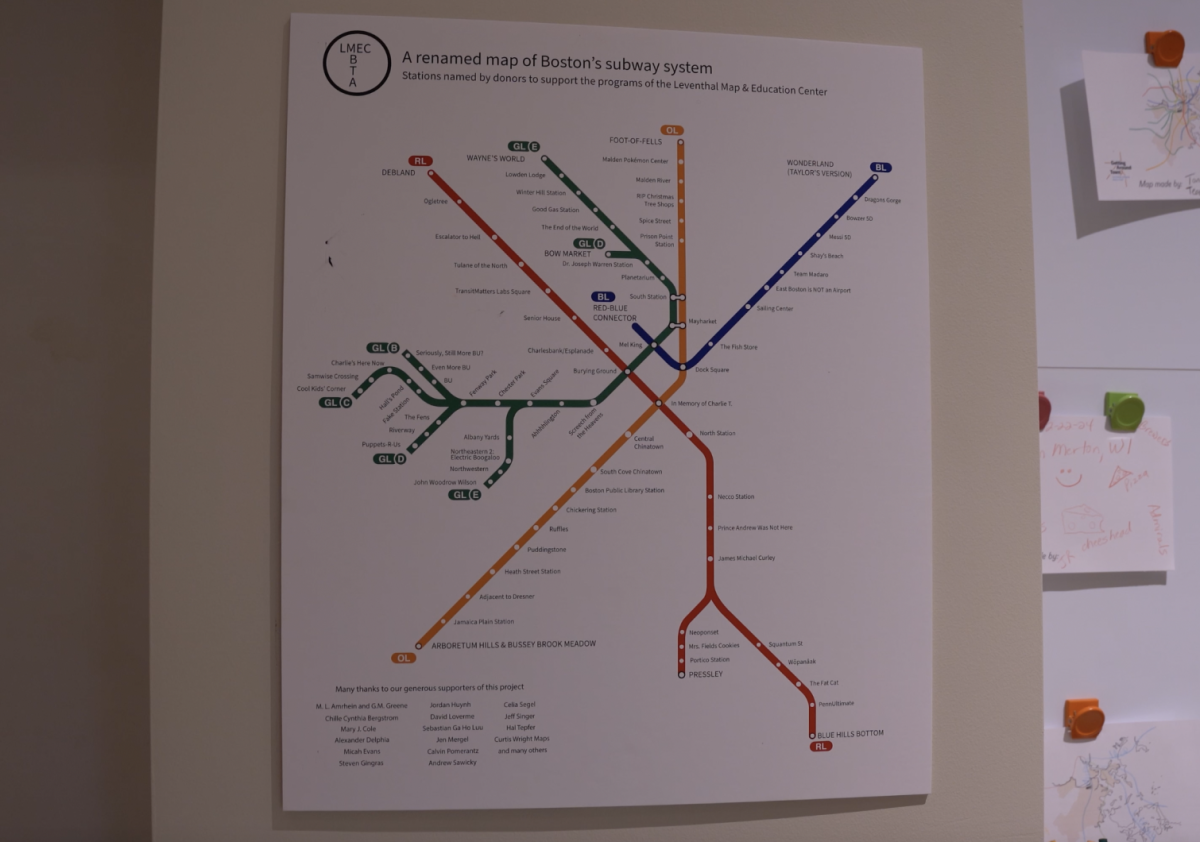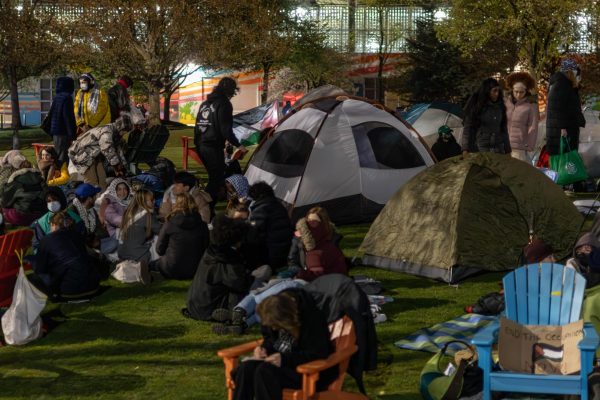COVID-19 creates obstacles to engaging young voters
September’s preliminary election will narrow the field down to two candidates who will face off in the Nov. 2 general election.
October 28, 2020
As Nov. 3 gets closer, political candidates are trying to shore up key constituencies, including the youth vote.
In the 2016 presidential election, voters in the 18 to 29 age group were the only age range to increase their turnout rates compared to the previous election, according to the U.S. Census Bureau. This year, with a close presidential race and crucial state and local races, many have again turned their eyes to young voters who actually might be more engaged than in previous years.
“In the last handful of years, we’ve seen a lot more political activity and activism among college students, and politics has been basically unavoidable during the Trump administration, whether you like it or you don’t like it,” said Adam Gismondi, the director of impact at Tufts University’s Institute for Democracy & Higher Education. “That was sort of step one, that people started paying more attention to policies and they started paying more attention to the day-to-day happenings in our political world in the U.S., and 2020 has been at a level we’ve never seen.”
Gismondi explained that the COVID-19 pandemic may make it especially difficult for young people to ignore politics this election cycle.
“We’re in the midst of a global pandemic. There’s questions around how the U.S. has responded, there’s questions around how states have responded. Millions of people have been personally affected in one way or another by people getting sick or close to them,” Gismondi said. “Nearly everyone in the country has had some change in their lifestyle.”
However, even if young people are more engaged than before, the COVID-19 pandemic presents unique challenges for people looking to harness the youth vote. Gismondi, whose scholarship focuses on campus activism, has found that cultivating an environment where people can exchange ideas is key for effectively organizing young people.
“One of the things is that we really emphasize this idea of campus climate for political awareness, which basically means that students feel like they can talk about what’s happened, the public relevance and what’s happening in the world and that they have opportunities for discussion in the classroom, organizations that they’re in and just kind of in spaces on campus,” Gismondi said. “It’s all about cultivating an atmosphere where people feel like they can have an exchange of ideas.”
Jaquell Sneed-Adams is the director of Boston programs at the Center for Teen Empowerment, an organization that helps young people from low-income communities to get involved in civics and politics, and she’s found that the pandemic has made her work harder. The Center for Teen Empowerment’s work is about helping young people realize their networks and leadership potential and then act to better their communities, Sneed-Adams said.
“We have noticed that it has been more difficult to connect with parts of our community that really still aren’t that familiar with or interested in really being engaged in the online space, which is completely reasonable and understandable,” Sneed-Adams said. “Also, some young people really have not been able to access the virtual space or don’t really feel engaged in that way, and it’s difficult for some of them.
Ella McDonald, the field organizer for the Erika Uyterhoeven’s campaign for Democratic representative of the 27th Middlesex in Somerville, found that her own sense of despair about Bernie Sanders’ presidential primary loss, combined with the current state of the world, momentarily put a damper on political organizing.
“At the beginning of the pandemic, and there’s sort of this crazy moment, where we were all sent down, sent home from college, from these organizing communities that we really built and fostered on campuses,” said MacDonald. “At the same time, Bernie dropped out of the presidential race and a ton of people became kind of isolated and sort of fell out of politics, maybe became disillusioned.’”
Beyond the emotional issues caused by pandemic-related upheaval, many of the regular ways that young people organize, such as tabling, are no longer safe options.
“We fall into habits and that includes for political, or civic organizing. … What do we normally do in a run up to an election? What do we normally do just generally around on campus?” Gismondi said. “A lot of those activities just aren’t possible.”
Despite the fact that many previously available organizing options aren’t available, Gismondi insists that there are still ways for young people to organize effectively.
“One of the points that we try to make for the 2020 election is that a lot of this stuff is still possible, because so many things have moved online over the years, not just this year. There’s a lot of tools out there for people for dialogue …” Gismondi said. “There’s some more dynamic interpersonal communication available for group conversations.”
However, Sneed-Adams has found that online organizing can lead to more fatigue for young people used to more in-person interaction.
“Young people are returning to school. It can be really difficult to be on Zoom all day for school and class and then to join another zoom and afternoon, every day of the week to do work, and it can be really exhausting,” Sneed-Adams said. “I mean, even as an adult going through this transition into, constant Zoom meetings can be really difficult.”
MacDonald said that in her work with progressive politics, she saw a “big drop-off in engagement when the pandemic hit” because “what draws people in is these sort of in-person spaces where you can really come together and connect with people.”
The Uyterhoeven campaign still managed to get young people involved and engaged in the campaign. More than 400 people volunteered, a significant number for a local race, MacDonald said. She said that one key element of that engagement was making sure to have people get to know each other and hype each other up during phone banks.
“We put a lot of intentional work into making our campaign feel like a community… It was really important, since so much of the organizing was virtual, to make people feel like they’re a part of something…” MacDonald said.
MacDonald also said that they had to be much more intentional about checking in with and encouraging volunteers, since everyone is so spread out.
“You have to put in extra work to sort of foster those relationships when you’re organizing remotely,” MacDonald said.
Gismondi said that the current political moment is impossible to separate from young people’s political involvement.
“We’re kind of in the middle of the long overdue reckoning with race in America, and when you add that to a deeply polarized country, a month plus from Election Day, it’s a political moment for this country,” Gismondi said. “We don’t know how it’s going to evolve, but [it’s] impossible to not think about what role you might have as an individual and what role you and your peers might have.”


















